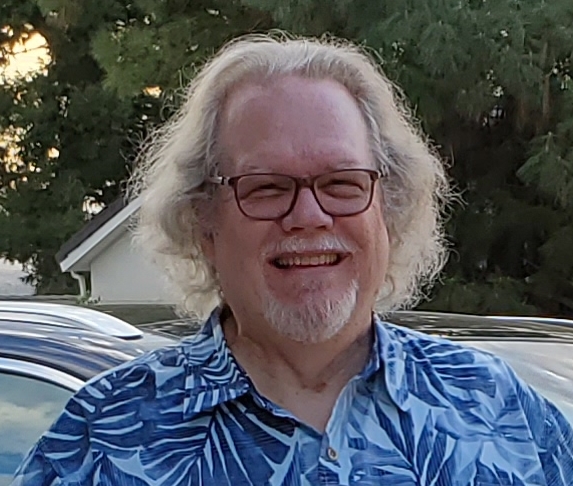
Wednesday, March 15, 2023, 2:00pm-3:00pm (Pacific Time)
TITLE: The Promise and Challenges of Geothermal Lithium
The Salton Sea geothermal field’s reservoir contains between 6 and 33 km3 of Na-K-Ca-Cl brine (>20% TDS) at temperatures above 260oC. With an average dissolved Li content of just over 200 ppm, the total resource is between 5 and 32 million metric tons of LCE, making it potentially one of the largest dissolved Li deposits in the world. With its annual geothermal fluid production currently yielding 128,000 metric tons of LCE, plans to more than double the power production from the field point to a potential annual production of ~400,000 tons of LCE, approximately 75% of global LCE production (532,000 metric tons in 2021) and freeing the U.S. from a dependence on a complex and politically risky international supply chain for its most important EV battery component.
The challenges of extraction of Li from these geothermal brines is made easier in the existing power plants because the infrastructure (“plumbing”) is already in place and operational, with only the addition of a “bolt-on” Li filter system being required. However, these plants’ electrical output is already committed to various grids. The newer power plants being designed have the advantage of being designed to incorporate more optimized Li extraction infrastructure, with some uncommitted parasitic power theoretically available. Some plants may be designated more exclusively for Li extraction than for grid electrical power production, and may utilize steam condensate for Li processing rather than use IID or other non-geothermal sources of water.
Challenges to scaling up direct lithium extraction technology mainly consist of finding nanoparticle adsorbents of Al, Mn and Ti oxides and adsorbent substrates for fabricating beads and pellets that can withstand the high temperatures (2250F), salinities (25-30% TDS) and pH values (5-6) of the geothermal brines, particularly for 100s to 1000s of adsorption/elution cycles in fluidized bed reactors. Some Salton Sea geothermal operators already report successful recovery of >90% Li under these conditions. Other challenges include minimizing water consumption and potentially exposing workers to the risks of airborne dust and microbial toxins from the drying Salton Sea.
Bio
Dr. McKibben is a geochemist and economic geologist at U. C. Riverside who studies mineral and energy resources. He received his B.Sc. and M.Sc. degrees from U. C. Riverside in 1976 and 1979 and his Ph.D. degree from Pennsylvania State University in 1984. For a decade he was Dean of Students for the science college, overseeing 6,000 students in thirteen majors. He also served as Chairman of the Department of Earth and Planetary Sciences during the Covid pandemic. He retired in 2021 but was recalled part-time as a UCR Research Professor a year ago to work on assessing Salton Sea geothermal Li resources with colleagues at Lawrence Berkeley Laboratory. He also serves as a technical advisor to industry on Li extraction efforts and is member of a Cornell-Utah-UCR research group competing as one of five finalists for the Dept. of Energy’s $4M Geothermal Lithium Extraction Prize.
